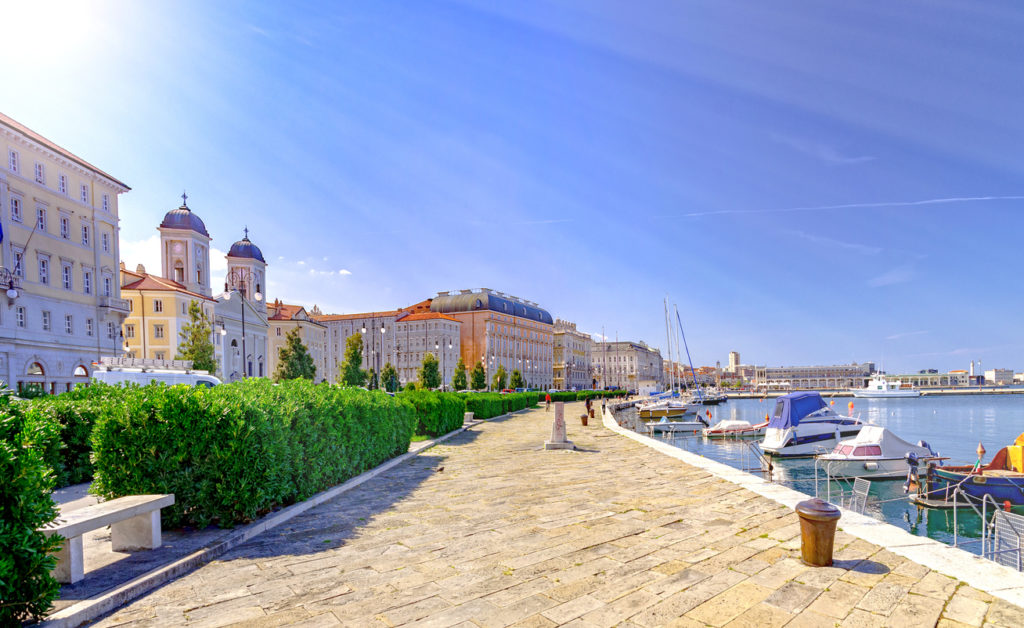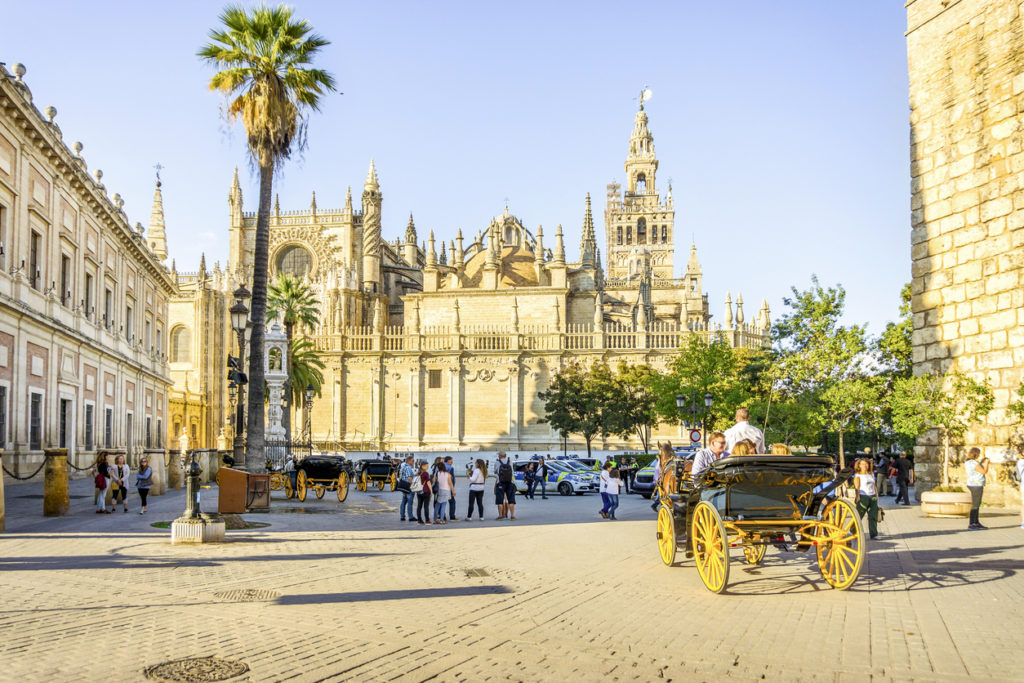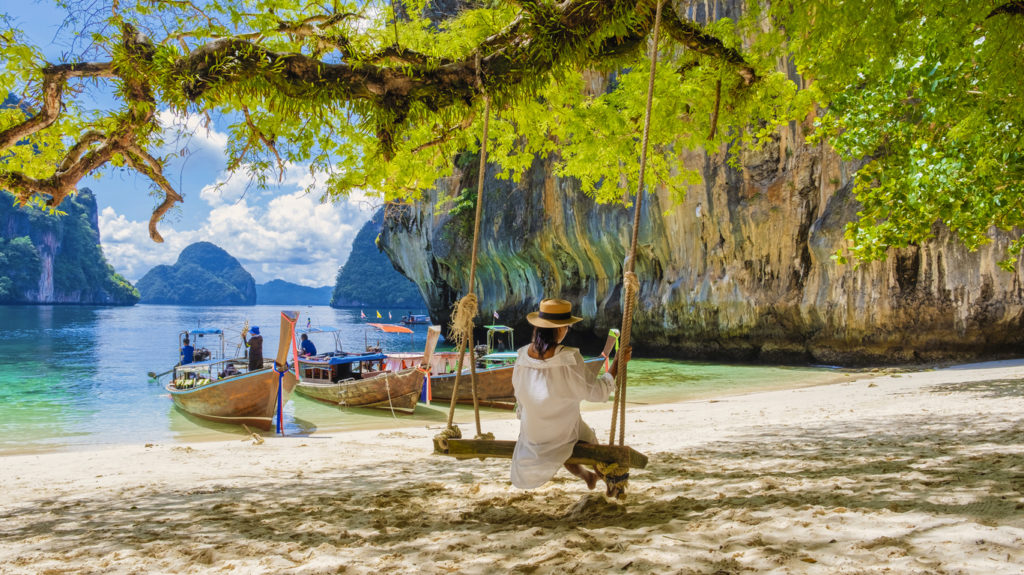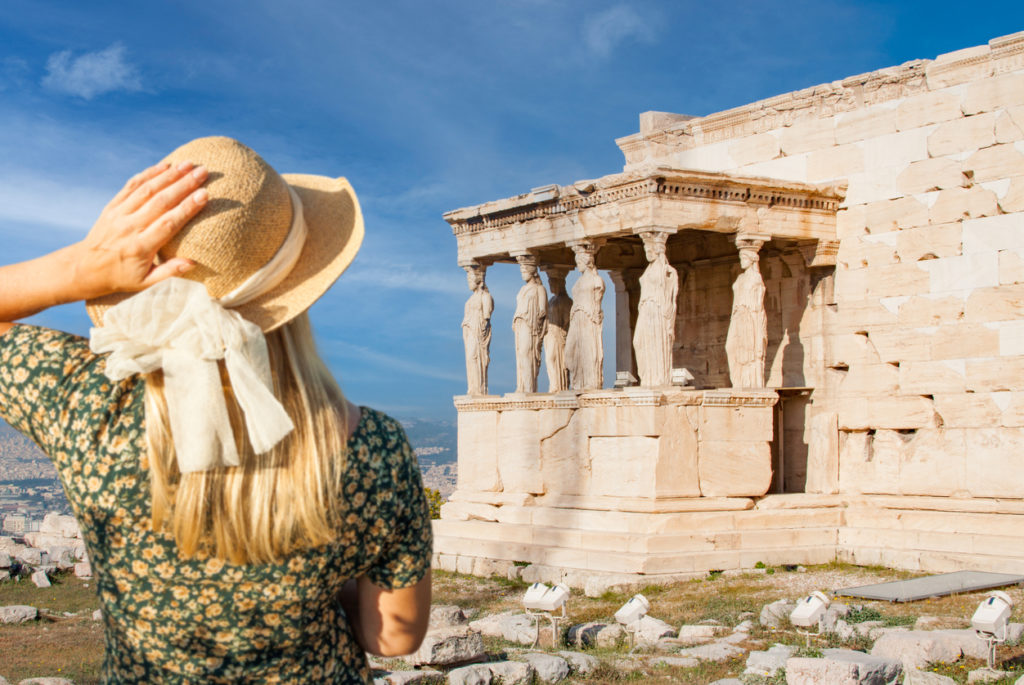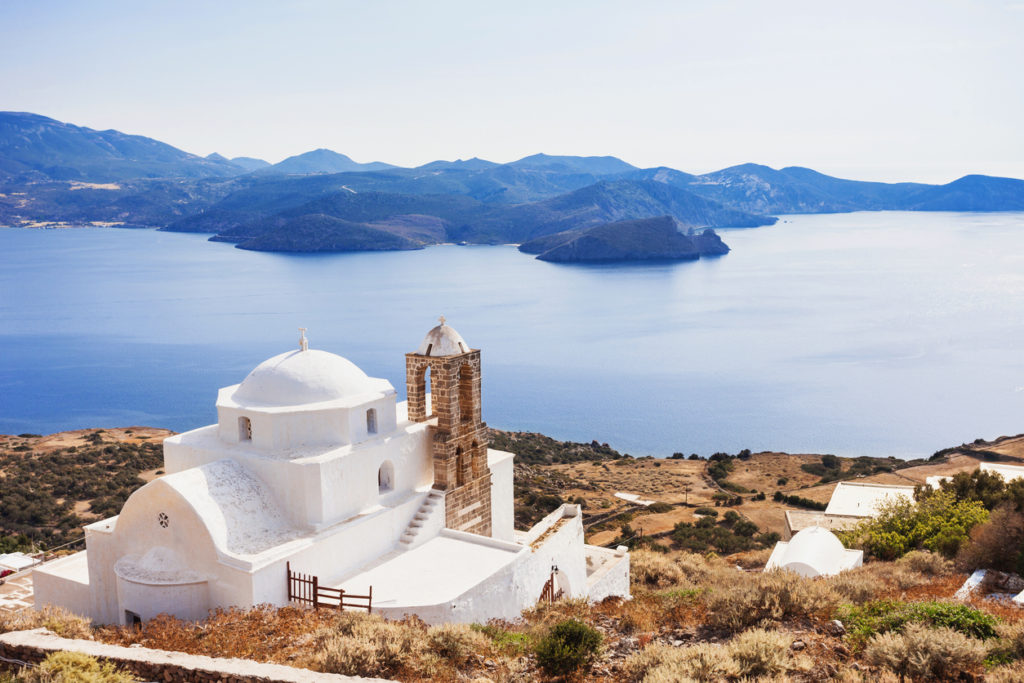
As the curtains of the cerulean sea part for the distant ferry, the first glimpse of Milos emerges from the sun-dipped horizon. It’s a blend of pristine beaches, translucent azure waters, and a hodgepodge of white and pastel houses clinging to rugged cliffs. This lesser-known gem in the Cyclades chain of Greek islands, often overshadowed by its famous siblings, Santorini and Mykonos, weaves a unique, enchanting spell on the curious traveller seeking an authentic Greek experience.
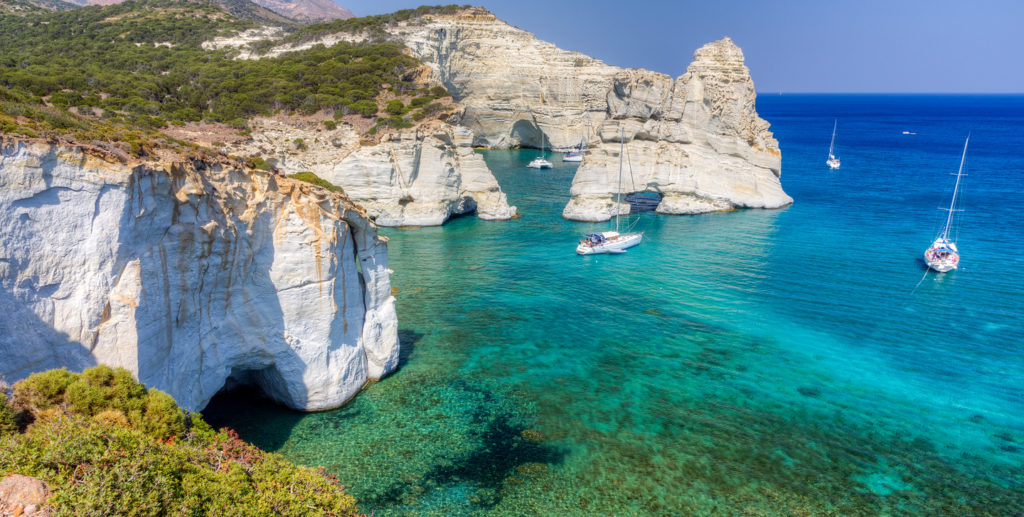
From afar, Milos seems like a typical Greek island, but once you land, you find it isn’t so. Here, the island’s extraordinary geology has sculpted the landscape into a natural masterpiece, hosting more than 70 beaches, each one different from the last. Sarakiniko, with its stark lunar landscape of gleaming white rocks smoothed by the wind and sea, offers a surreal swimming experience. Kleftiko, accessible only by boat, amazes with its towering sea caves and underwater caverns, once a hideout for pirates.
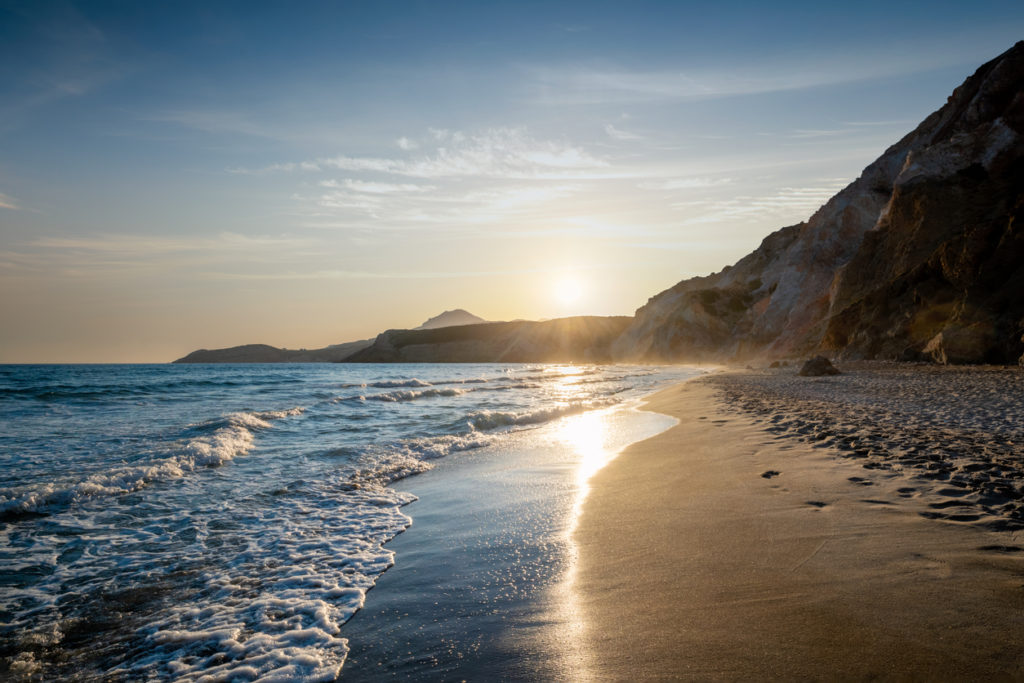
Navigate to the northern coast, and you’ll stumble upon Firiplaka – a long sandy beach enclosed by colossal multicoloured cliffs that paint a vibrant backdrop to the azure waters. Meanwhile, the beaches of Tsigrado and Provatas, each embraced by dramatic cliffs, lure visitors with their distinctive beauty and tranquil ambience.
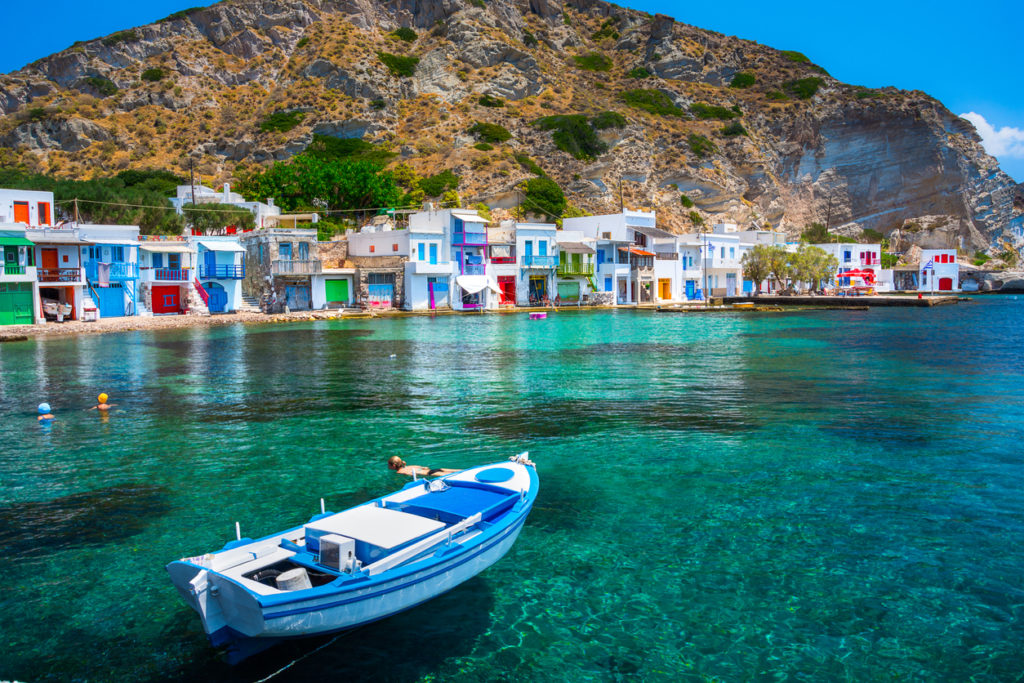
The charm of Milos extends beyond its beaches. Its capital, Plaka, is a quintessential Cycladic village adorned with narrow cobblestone alleys, blooming bougainvillaea, whitewashed houses with blue-framed windows, and tiny chapels. Walking up to the Venetian castle on top of the hill is worth every effort, rewarding you with a panoramic view of the island and the surrounding Aegean Sea that could charm the sun from the sky.
Dig a little deeper, and you’ll find a treasure trove of history embedded in Milos. It was here, in 1820, that the world-renowned statue of Aphrodite, known as the Venus de Milo, was discovered. Now housed in the Louvre, the island’s Archaeological Museum offers a replica and other artefacts from the island’s ancient history.
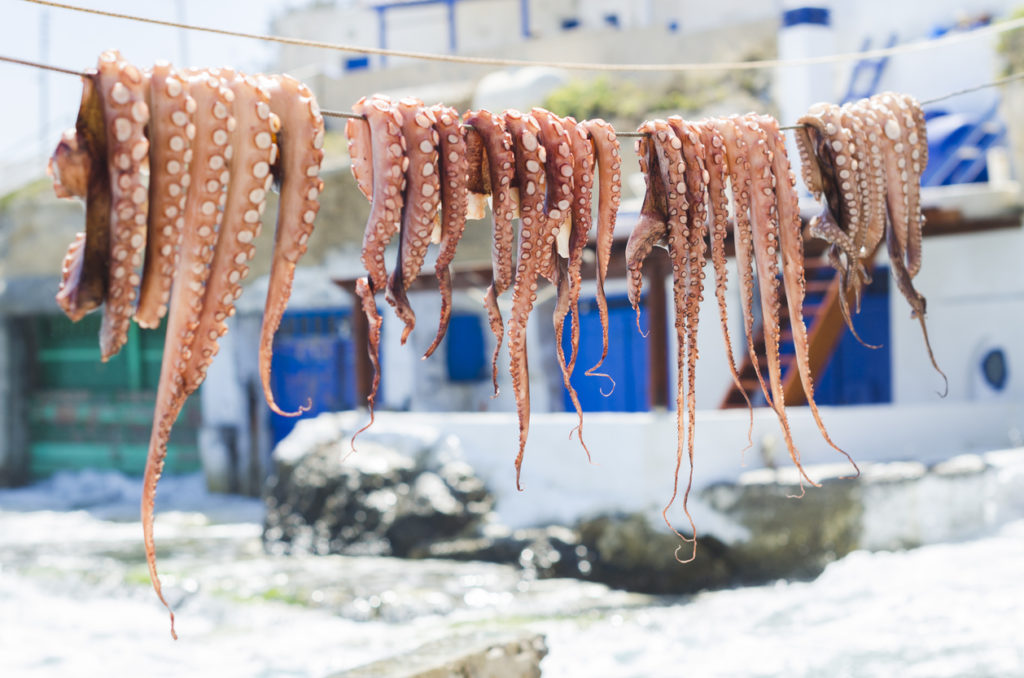
The island’s gastronomy is a testament to the Mediterranean’s rich culinary culture. Venture into the local tavernas for a taste of traditional dishes like ladenia, a pizza-like dish covered with ripe tomatoes, onions, and olive oil, or “pitarakia,” the cheese-filled pastries unique to the island. Fresh seafood, from lobsters to octopus, is also a staple on every menu. Pair your meals with the exceptional local wines celebrated for their crisp taste and fruity aromas.
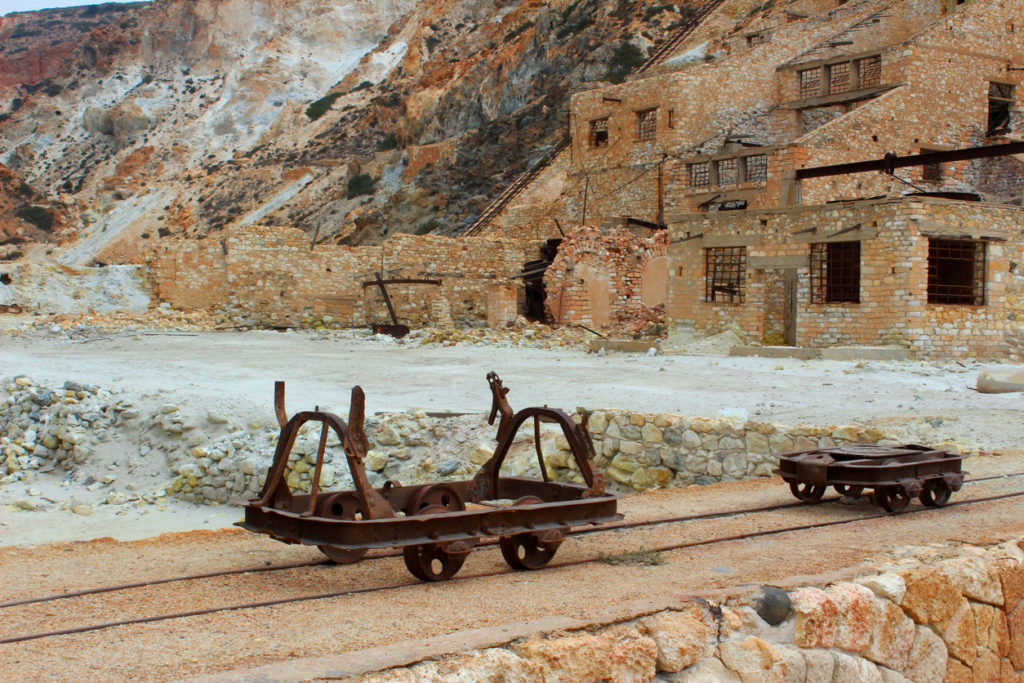
For those intrigued by the island’s volcanic origins, a visit to the Mining Museum or a tour of the old sulfur mines at Paliorema provides a different perspective. As you wander through the abandoned mining buildings and equipment, the ghostly echoes of the past collide with the untouched natural beauty surrounding them.

Nights in Milos are tranquillity personified. The bustling nightclubs of other islands give way to laid-back beach bars, romantic seaside restaurants, and serene walks under the starlit sky. The island enchants its visitors, enticing them to sync their heartbeats with the slow, rhythmic pulse of island life.
A trip to Milos promises more than just a vacation. It’s a journey to a land where nature, history, and tradition intertwine to offer a unique escape from the ordinary. Each moment in Milos feels like stepping into a beautiful painting where time stands still, and the noise of the world is drowned by the gentle lapping of the waves against the shore.
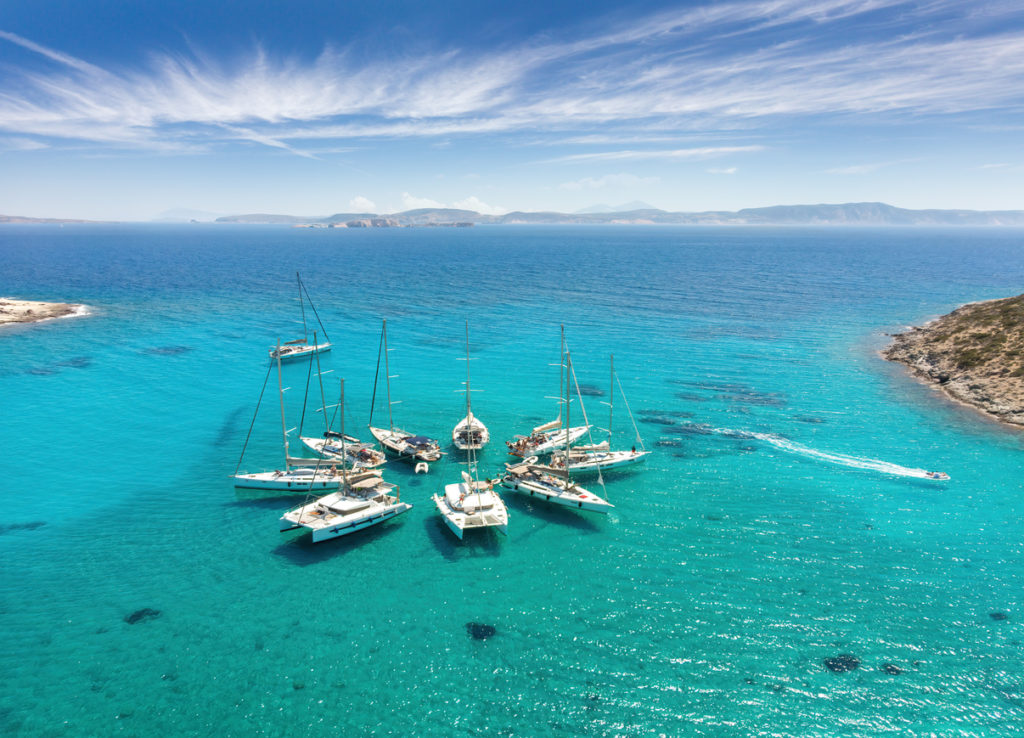
Experience the exhilaration of sailing through the blue waters on a traditional fishing boat, learning to cast nets, and enjoying the fruits of your labour prepared in traditional Greek style. For the adventurous, kayak tours provide the thrill of exploring hidden sea caves and remote beaches and spotting wildlife. The unique underwater volcanic topography of Milos makes it a diver’s paradise, with dives revealing intriguing geological formations, exotic marine life, and fascinating shipwrecks.
The locals, with their warm smiles and unmatched hospitality, are the true treasures of Milos. Their love for their island is infectious, and their stories about their culture and traditions are captivating. Visit the traditional fishing village of Klima, with its unique two-story buildings known as ‘syrmatas,’ painted in vibrant colours. Here, the simple, unhurried life of the local fishermen and their families offers a peek into the authentic island life far removed from touristy clichés.
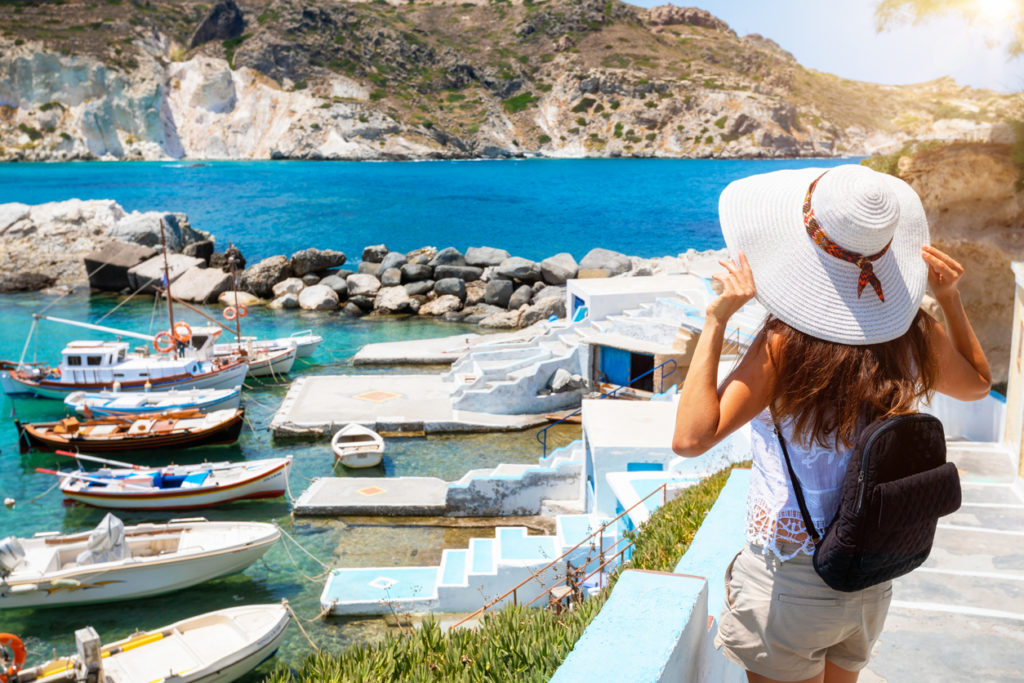
During the summer months, don’t miss the local festivals. These are special occasions where locals gather to celebrate saints’ feast days with music, dancing, food, and wine that flows like joy in their hearts. Being part of these celebrations is an opportunity to immerse yourself in the island’s culture and create memories you’ll cherish forever.
The journey to Milos concludes with a picturesque sunset. The best vantage point is the Church of Panagia Thalassitra, perched high above the sea. Here, the sun sets the sky ablaze with hues of pink and gold before sinking into the Aegean Sea, leaving behind the whisper of waves and the rhythm of Greek music to light up the night.
Milos, a paradise sculpted by the forces of nature and steeped in history and tradition, awaits you. Its beautiful contradiction of dramatic landscapes and tranquil rhythms, rich history and living culture, exquisite cuisine and simple pleasures creates an intoxicating blend that can only be experienced, not described. It’s an island that invites you to explore, taste, live, and in the process, discover a part of Greece that is as unique as it is unforgettable. So pack your wanderlust and let the captivating journey to the heart of the Aegean Sea begin!


